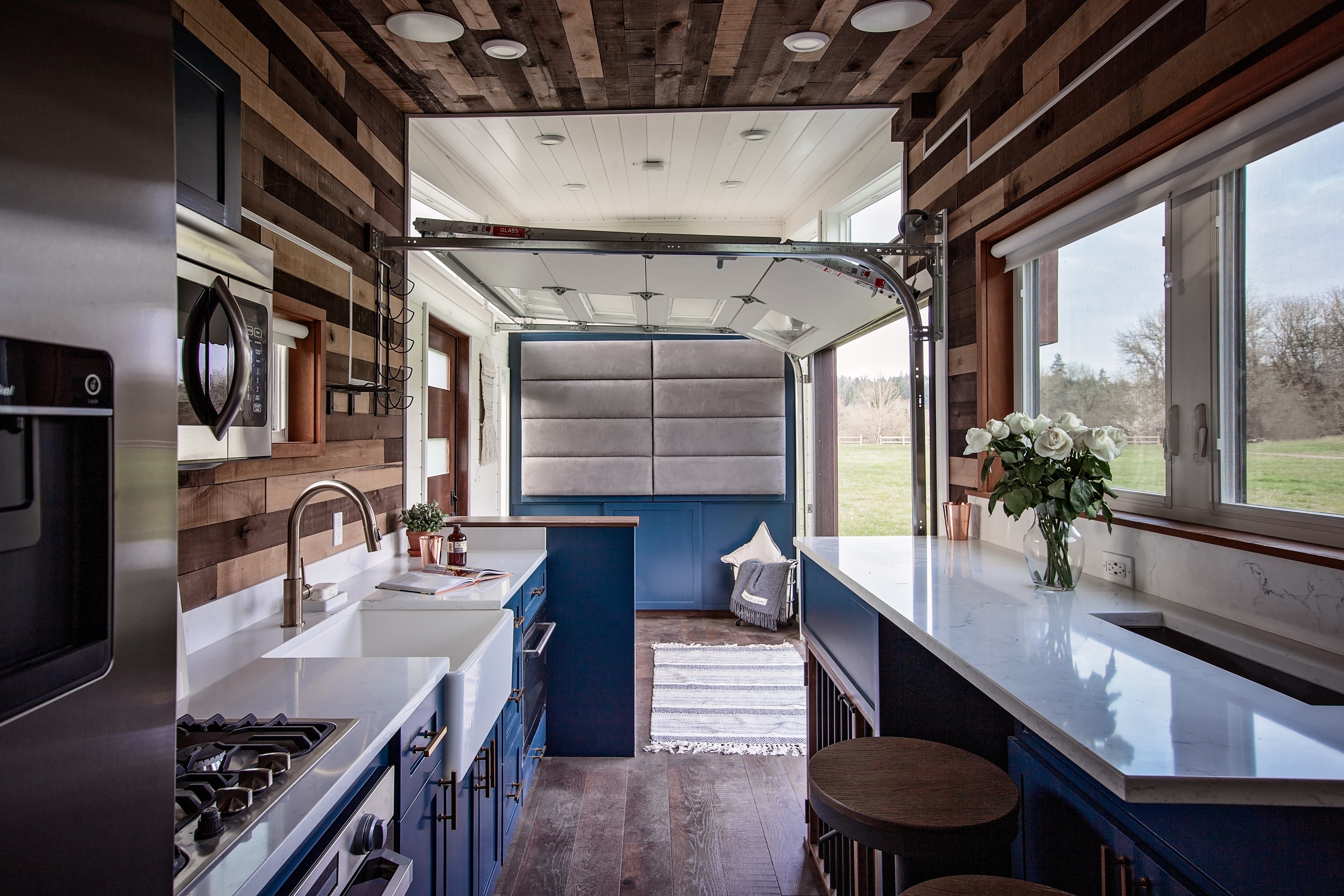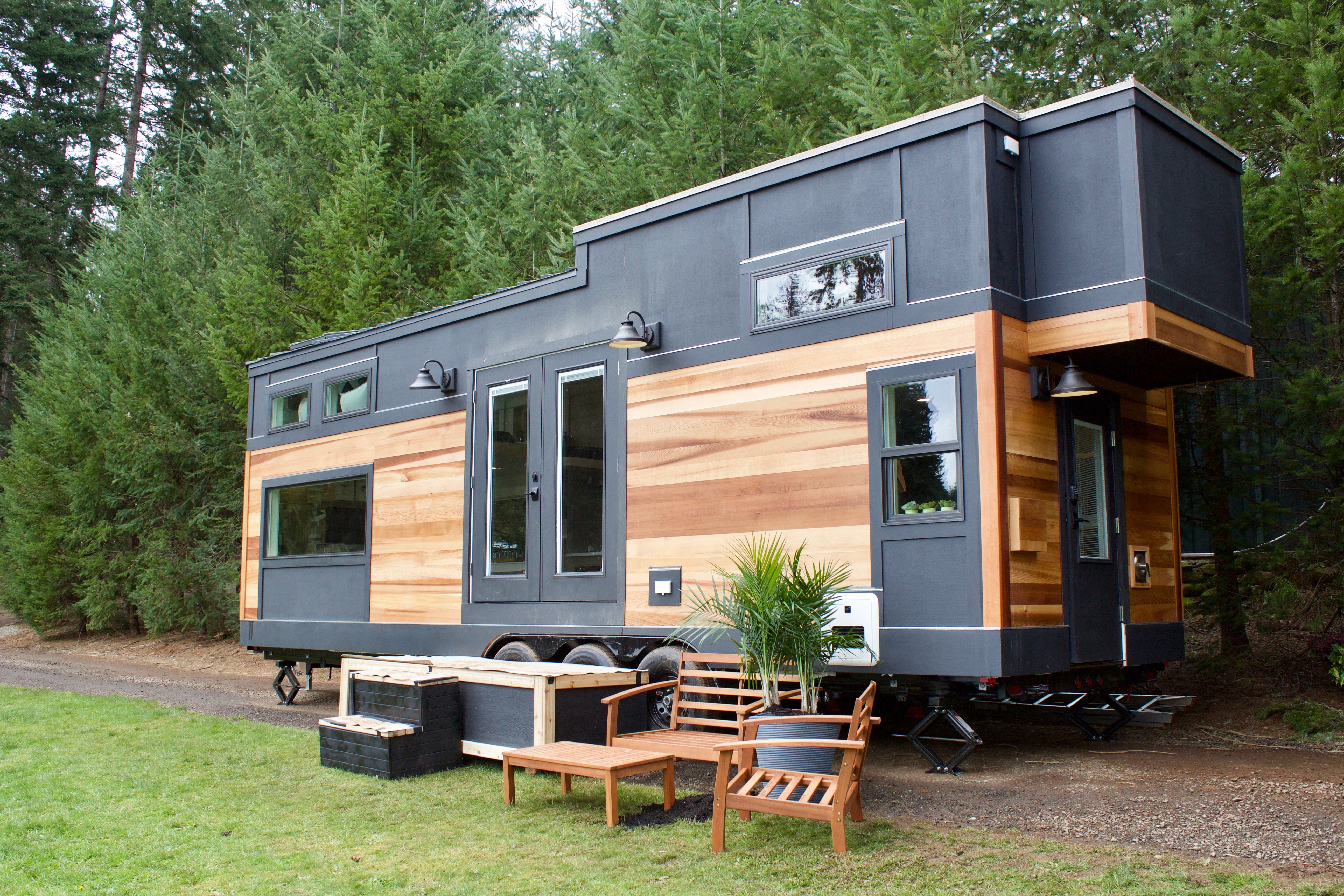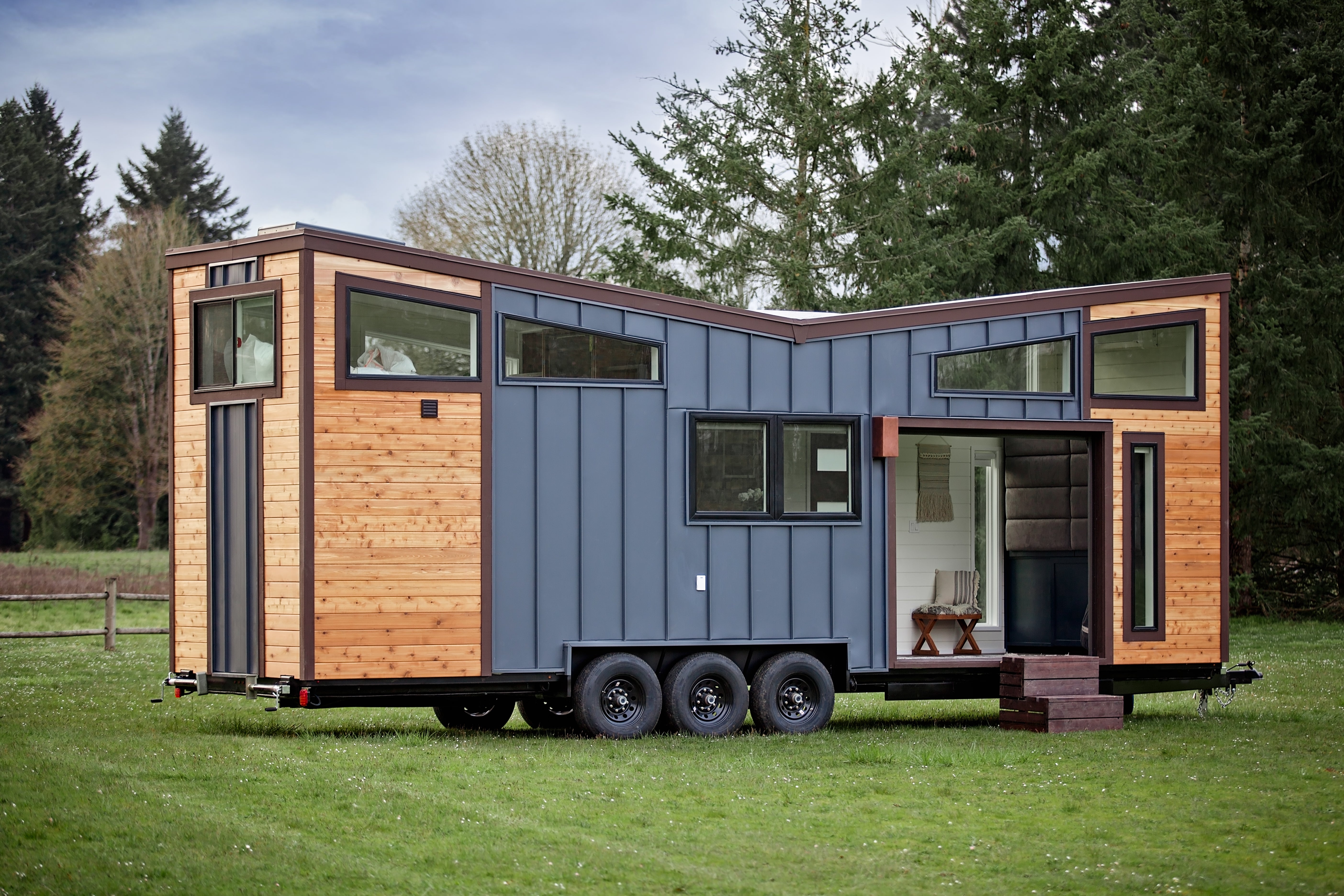Now that you have a tiny home, the next step is finding the right place for it. Location influences many factors, such as your daily comfort. It also carries legal and financial implications. Thus, below, we explore suitable locations for a tiny home. Additionally, we examine factors that influence the decision, such as zoning regulations.
Factors That Determine the Best Place for Your Tiny Home
The factors below can influence the cost of running your tiny home and comfort. They can also bring legal consequences. Therefore, you cannot ignore them.

Zoning Laws and Local Regulations
Zoning rules are the first consideration when looking for a location for your tiny house. Local governments decide how to use land, and those boundaries vary from one county to the next. As such, some regions welcome tiny homes as permanent residences, while others consider them as temporary dwellings or accessory units. In very strict zoning regions, you cannot erect such a house, as it can leave you with costly moves or legal disputes
Therefore, browsing real estate listings worth seeing can help you identify parcels suited for small homes, reducing the risk of buying land you cannot use. Zoning laws also clarify how the local government defines your tiny house. They can define it as a house, vehicle, or something else.
Building Codes and Permit Requirements
Even where zoning laws allow tiny homes, building codes determine their construction style. They outline safety standards, including fire exits and electrical systems. When you ignore them, you risk permit denial and issues with your insurance policy. You also live under unsafe conditions.
Access to Utilities and Infrastructure
Utilities impact comfort in a tiny home. These include the power source, water, and internet access. On-grid living is convenient, but you must place your home near a hookup. However, if you live in a rural or underdeveloped area, it becomes impossible.
Off-grid solutions offer independence, as you can access utilities like solar power anywhere. Nonetheless, it is more costly to set these up and maintain them. Therefore, evaluate the infrastructure in advance to keep the project within budget by preventing hidden expenses that may arise when you retrofit systems later.
Proximity to Work, Healthcare, and Amenities
The commuting costs are higher when you live far from your workplace. Thus, the savings you hoped to make by downsizing become irrelevant. Another concern is proximity to healthcare facilities because you may need them in emergencies. You also worry about access to grocery stores or schools. Such a location ensures your lifestyle remains manageable. It also helps you maintain social connections.
Lifestyle Preferences (Urban, Suburban, Rural)
An urban location is close to amenities and services, but can restrict tiny homes through zoning and high land prices. A suburban area has more flexibility. It can even provide a backyard area for hobbies. However, rural placements have more of everything, from freedom to lower land costs. Additionally, you get space for off-grid living. The only disadvantage can be limited amenities. Make a choice depending on what you value most. It could be convenience or independence.
Climate and Natural Conditions
Nature influences life in a tiny home in many ways. For instance, harsh winters require good insulation and heating systems. On the other hand, if the location is hot, you need an efficient cooling system. The soil quality also influences the location choice, as you want to anchor your house on a secure foundation. Additionally, these issues affect costs. Thus, assess the climate in advance to ensure you can manage placing your tiny house in that region.

Best Places to Put a Tiny Home: Land, Parks, and Communities
Now that we have evaluated factors that affect where you erect your house, which places are suitable for tiny homes?
Private Land (Owned Property)
Owning the land beneath your tiny home gives you freedom to customize the surroundings without restrictions. As such, you can plant a kitchen garden, create storage sheds, or set up an outdoor living area. Nonetheless, owning land attracts taxes and land maintenance costs. You also must run the place within zoning laws.
Another disadvantage is that it restricts your home placement to one location. Some tiny home owners find rural land better than urban areas because there are fewer restrictions and it is more affordable.
Leased Land
Leasing gives you freedom to enjoy a private location without the costs of owning land, such as taxes. The concern about leasing is that you have no control over the terms, and they can change drastically. The agreement may also restrict what changes you can make to the space.
RV Parks and Campgrounds
One of the conveniences of living in RV parks and campgrounds is that utility hookups are already in place. Additionally, it feels like a community because you share many amenities, including laundry facilities and recreational spaces. However, living in such places long-term can be costly because of the monthly fees. They may be as high as apartment rent.
Additionally, these grounds have varying rules. Some can limit how long you stay there, requiring you to move before you are ready, while others restrict the design of homes allowed. The homes may be close together, limiting privacy. Yet if you value simplicity and an established support network, RV parks are a great starting point.
Tiny Home Communities and Eco-Villages
Costs can vary, and you may also pay buy-in and homeowner association fees. Despite these considerations, the benefits are significant. For instance, these neighborhoods share amenities. They also provide legal security and eliminate zoning challenges as the community structure accommodates small homes.

Mobile Home Parks
Mobile home parks can be a practical setting, especially for homes on wheels. In addition to essential hookups, they provide shared services and infrastructure. Another advantage of such a location is the social dimension, as you share the park with neighbors often facing similar housing choices and challenges.
On the other hand, some parks have restrictions on tiny homes, and some lack suitable amenities. Another drawback is that fees and regulations change, creating uncertainty if you intend to stay in the park long term. Despite these challenges, parks have lower costs and established residential settings.
Rural Acreage or Farms
Rural acreage presents customization opportunities, freedom, and space. For instance, you can expand your living area beyond the house. You can also use the extra space for gardening and animal husbandry.
Additionally, large lots or farmland may have fewer zoning restrictions, allowing you to enjoy off-grid living. The peace and privacy of such locations are unmatched. However, rural life has limitations. For instance, you may live away from hospitals and schools, which can increase travel expenses. You may also lack basic utilities and have to invest in a well and solar energy.
Accessory Dwelling Unit (ADU) Spaces
You can find these units in the backyards of existing properties in cities. They integrate small homes into established neighborhoods. One of the benefits is the legal legitimacy of your tiny home placement. Additionally, you can access urban or suburban amenities.
ADUs can be a source of rental income for city dwellers. They also enable multigenerational living. However, there are restrictions on the size and appearance of the tiny house. The rules may also limit how you can customize or use your home. The costs may also be higher because you pay for utility connections and compliance with local codes. Still, the trade-off often pays off.
Conclusion
The answer to the most suitable placement for a tiny home is multifaceted. For instance, the location depends on the zoning laws. Some locations allow these homes, while others restrict the design of tiny houses you can erect. Additionally, consider the financial requirements, including maintenance costs and taxes. Another consideration is your lifestyle. If you prefer solitude, an RV or mobile home park can be overwhelming. Instead, private land for rent or lease provides freedom and privacy.






Share: